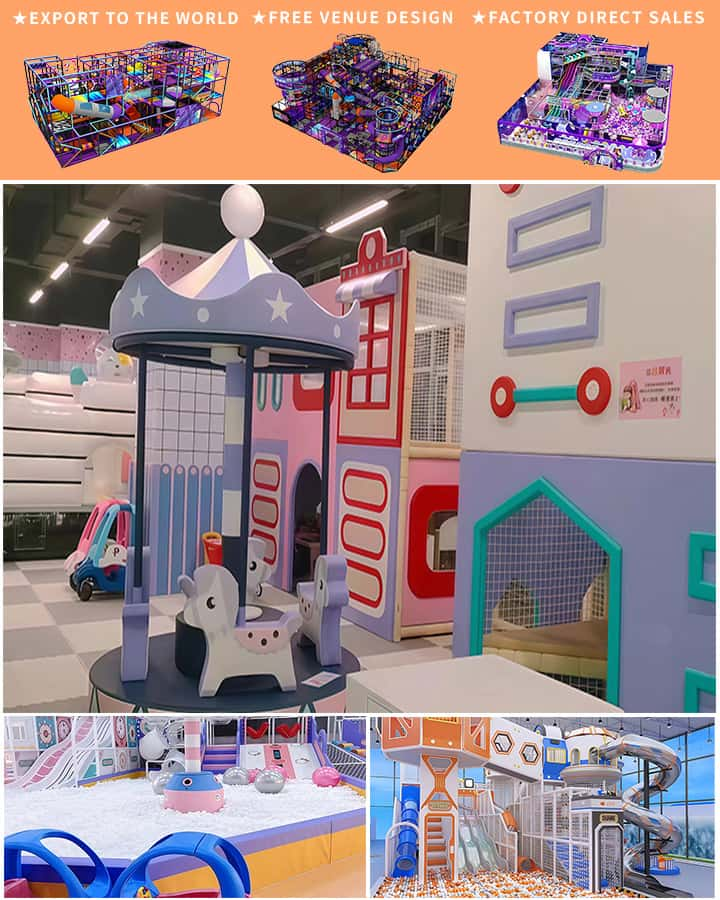Creating a nurturing and stimulating environment for preschool-aged children is paramount for their development. One of the essential elements in fostering this environment is providing appropriate playground equipment that encourages physical activity, creativity, and social interaction. This article explores the various types of preschool playground equipment supplies and offers guidance on how to access detailed information through comprehensive PDF resources.
The Importance of Well-Designed Playgrounds
Preschool playgrounds play a crucial role in early childhood development. They provide young children with opportunities for physical exercise, cognitive development, and social skill enhancement. Properly designed playgrounds can help in building motor skills, encouraging teamwork, and fostering a sense of independence among children.
Types of Preschool Playground Equipment
- Climbing Structures
- Climbing structures like jungle gyms and climbing walls are excellent for developing motor skills, coordination, and problem-solving abilities. They offer varying levels of difficulty, ensuring that children of different ages and abilities can engage with them safely.
- Slides
- Slides are a classic piece of playground equipment loved by many children. They come in various lengths and materials, catering to different age groups and preferences. Slides promote balance and spatial orientation while offering a fun way for kids to experience gravity.

- Swings
- Swings are indispensable for any preschool playground. They help develop core strength, coordination, and vestibular sense, which is critical for maintaining balance and posture. Ensure to have both standard swings and adaptive seats to accommodate all children.
- Sandboxes
- Sandboxes encourage sensory exploration and creativity. Children can build sandcastles, dig, and learn about textures, promoting fine motor skills and imaginative play. It’s important to include tools such as shovels, buckets, and molds for a richer play experience.
- Balance Beams
- Balance beams enhance balance, flexibility, and concentration. Walking along a beam challenges children to control their movements and improve their equilibrium, which is foundational for later physical activities.
- Interactive Panels
- Interactive panels, such as those with musical notes, numbers, and letters, engage children’s curiosity and educational pursuits. These panels combine learning with play, making them an excellent addition to modern preschool playgrounds.
- Spring Riders
- Spring riders add an element of excitement to a playground. Children can bounce and ride, which helps with cardiovascular fitness and gross motor development. Ensure these are well-anchored and safe for use.
Accessing Comprehensive PDF Resources
To ensure you have all the necessary information when designing or updating a preschool playground, utilizing PDF resources can be immensely helpful. Look for downloadable guides and manuals from reputable sources such as educational institutions, childcare organizations, and playground equipment manufacturers. These PDFs typically include:
- Safety Standards: Ensuring all equipment meets national safety standards to prevent accidents.
- Age-Appropriate Guidelines: Recommendations for selecting equipment suitable for different age groups.
- Maintenance Tips: Information on how to maintain and care for playground equipment to guarantee longevity and safety.
- Design Ideas: Creative layouts and ideas for creating an engaging and functional playground space.
Final Thoughts
Investing in high-quality preschool playground equipment is a significant step towards providing enriching experiences for young learners. By exploring comprehensive PDF resources, educators and caregivers can make informed decisions about the best equipment to purchase and how to effectively incorporate it into their playground design. Always prioritize safety, inclusivity, and educational value in your selections to create a vibrant and supportive play environment for all children.




